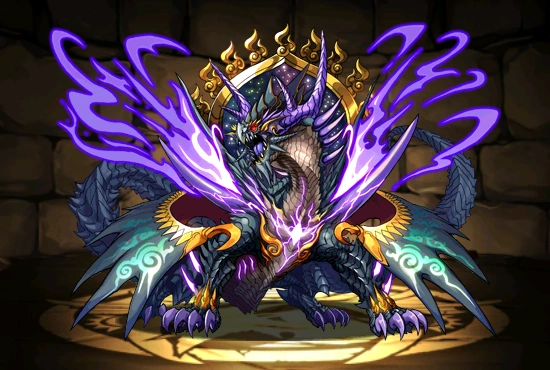This week we’re departing from India and the Middle East to cover Southeastern Asian dragon myths! There are some great ones ahead, so give yourself permission to get just a little bit excited.
Our first dragon is the bakunawa, a dragon indigenous to the Philippines who is famous for trying to eat the moon. In fact, the stories say that there were once seven moons who the moon goddess Bathala created - but this was before the bakunawa ate them. Bakunawa has two sets of wings, whiskers on his face, a red tongue, and an enormous mouth. In most stories he is a serpent, but in some he is more like a shark.
There are several stories about Bakunawa, and why he ate most of our moons. Some say he was irresistably attracted to the moons and their beauty. Others say he was angry over the death of his sister, a sea turtle who laid her eggs and caused the tides to gradually rise until one night, the humans on the island she visited captured and killed her. The goddess Bathala sided with Bakunawa, touched by his grief, and refused to punish him for eating six moons. In another story, Bakunawa fell in love with a human woman, and their happiness was destroyed when the villagers found out and burned her home to the ground. Bakunawa ate the moons in a fit of rage and vengeance, and Bathala punished him, banishing him to the sea.
But Bakunawa is not content to stay at sea. Often the waters rise as he tries to come back home, and whenever there is an eclipse of the moon, it is said that he is trying to eat the last one. In some places, the tradition is for people to bang pots and pans at an eclipse, driving the bakunawa away.
Rachel’s illustration of the bakunawa is based on a basking shark, since some descriptions of bakunawa make him seem shark-like. The basking shark, as seen below, has a massive mouth (the better to swallow the moon with) and are found in the waters off of the Philippines. She also gave it bioluminescent patches, like many creatures who live in dark deep-sea waters have, to help it in both its aquatic environment and during its missions to the darkness of outer space.








